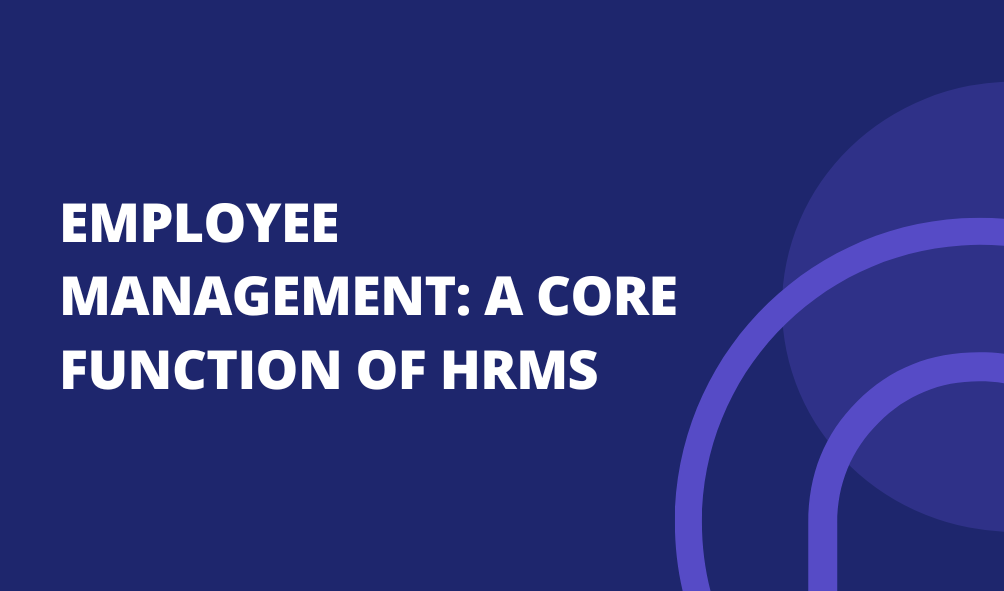From Paper To People Analytics: The Digital HR Revolution
From Paper to People Analytics: The Digital HR Revolution
The HR environment is transforming fast from labor-intensive, paper-based processes to effective, technology-enabled systems.
Inefficient tasks such as recruitment, payroll, and performance monitoring are now simplified with Digital HR. It's not just about automation, this change is about creating a culture of transparency, engagement, and improved employee experience.
What Is Digital HR Transformation?
The Digital HR Revolution marks a major change in how organisations interact with their employees by using technology to power HR services.
The Human Resource Management System (HRMS) is at the heart of this change, serving as a full digital platform that simplifies and combines core HR functions such as recruitment, onboarding, payroll, attendance, performance management, and employee data management.
HRMS provides real-time data access, eliminates manual errors, and automates workflows, freeing HR professionals from administrative tasks. But more importantly, it facilitates data-driven decision-making, enhances compliance, and maximizes the employee experience.HRMS enables organisations to align their HR and business strategies, respond faster to workforce demands, and build a more agile and networked workplace.
The Major Changes HRMS Brings About
1. Automation of Routine Tasks
HRMS eliminates the need for repetitive tasks such as tracking attendance, calculating payrolls, and generating documents. This saves administrative costs, prevents errors, and allows HR professionals to concentrate on strategic activities.
2. Real-Time Data and People Analytics
What was previously buried in spreadsheets and files is now available at a glance. HRMS solutions provide dashboards and analytics that give insights into employee turnover, engagement rates, recruitment roadblocks, and more. This enables HR to make informed decisions.
3. Efficient Recruitment and Onboarding
From advertising job vacancies to bringing on new employees, HRMS automates and simplifies the entire recruitment process. Automated workflows guarantee quicker, more uniform candidate experiences while ensuring compliance.
4. Improved Employee Experience
Employees can use self-service portals to update personal information, apply for leave, and view pay stubs without having to engage with HR. This not only saves time, but it also increases happiness and promotes an employee experience culture based on transparency, empowerment, and trust.
5. Enhanced Compliance and Risk Management
HRMS helps organisations stay up to date with labor laws and internal policies by automating compliance tracking and documentation. This reduces legal risks, ensures audit readiness, and builds trust with both employees and regulatory bodies.
Check out our thorough guide to learn about the extra benefits of an HRMS solution for improving your HR operations.
Beyond Effort: Towards Strategic HR
The true value of digital HR is not just efficiency, but also evolution. HR leaders may use advanced people analytics to anticipate trends, estimate workforce needs, and match talent strategies with business objectives.
This transformation raises human resources to the status of a strategic partner rather than an administrative function.
The shift from paper to people analytics is not a technological advancement; rather, it is a cultural revolution. When HR departments use digital tools, they become more quick, clever, and imaginative in their ability to succeed in an ever-changing world.
Are you still managing HR operations manually? It’s time to rethink the way HR works. Check out our detailed guide on HRMS and book your demo today to see how your HR operations can transform.
HRMS isn't changing HR operations- it's reimagining the future of work.







